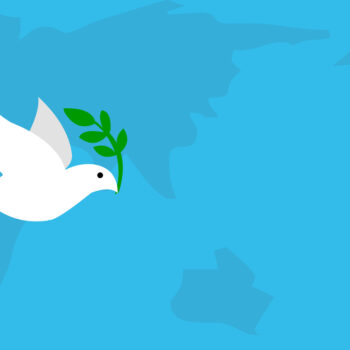By: Hailey Sullivan
Substance abuse continues to affect many lives. In the United States alone, 13.5% of the population was found to have overused drugs sometime in 2020. Meanwhile, at least 28.320 million Americans are dealing with alcoholism.
The common response to this is providing medical treatment. However, substance abuse is a problem that concerns not just the individual but the community. Others can be affected by living with someone diagnosed with substance abuse disorder (SUD). A 2017 report published by the Substance Abuse and Mental Health Services Administration titled “Children Living With Parents Who Have A Substance Use Disorder” supports this with a finding that parents with SUD are highly likely to neglect or abuse their children. Even more concerning is that the children are also predisposed to SUD, affecting future generations.
This is just the tip of the iceberg for substance abuse. Keep reading to understand why and how substance abuse is both a mental and social problem.
How is substance abuse a mental disorder?
SUD is characterized by the unrestrained use of prescription or illicit drugs, tobacco, and alcoholic drinks, as well as risky behavior like driving under the influence. This is because SUD alters an individual’s brain chemistry, resulting in poor judgment and impaired functioning in everyday life. To add to that, SUD patients may also be diagnosed with another mental disorder since both can be caused by similar genetics or environmental stressors.
These underscore the importance of mental health treatment for substance abuse. We discussed this in our article about the month celebrating mental health and addiction recovery. Even more importantly, we underscore that recovery should not be for the individual alone, but also the family and the community.
Why is substance abuse a social issue?
Substance abuse merits being called a social issue as SUD-caused poor judgment may affect the economic stability of an individual and their family. A 2022 study published in Clinical Therapeutics titled “The Drug Abuse Scourge and Food Insecurity: Outlining Effective Responses for an Underestimated Problem” stipulates that 70% of diagnosed addiction cases are correlated with food insecurity. Individuals with SUD are uninhibited from spending family money on obtaining substances. It was also previously mentioned that households affected by substance abuse often result in child neglect and abuse. Such cases may result in a child’s separation from their family, which spurs more social issues.
While a medical approach treats the ailments of substance abuse, a social approach deals with causes and effects beyond the individual. Doing so can help prevent substance abuse. As such, it is important to address substance abuse both as a medical and social problem.
What is being done to address substance abuse as a mental and social issue?
Conventional and research-backed treatments for substance abuse include detoxification. This aims to manage withdrawal symptoms as substances are kept away from the affected individual. There’s also the option of long-term stay rehabilitation centers, where those experiencing SUD can receive 24/7 support in following a structured treatment plan by specialists trained in clinical psychology. These experts are trained to diagnose and propose research-backed interventions based on observations of human behavior.
When it comes to dealing with substance abuse as a social issue, efforts are led by probation or correctional specialists. These professionals’ careers are backed in forensic psychology, equipping them with the critical thinking skills and perceptiveness necessary to create appropriate rehabilitation or transition plans. These plans carefully factor in the circumstances, preferences, and needs of each individual seeking support.
Beyond treatment and rehabilitation, concerned actors are currently looking to formulate effective, preventive solutions. incorporating substance abuse prevention into the educational curriculum alongside related efforts.
Substance abuse is an issue that concerns both the individual and society. A multidimensional overview of SUD’s medical and social aspects emphasizes that for long-term change, treatment must be accompanied by social initiatives.












